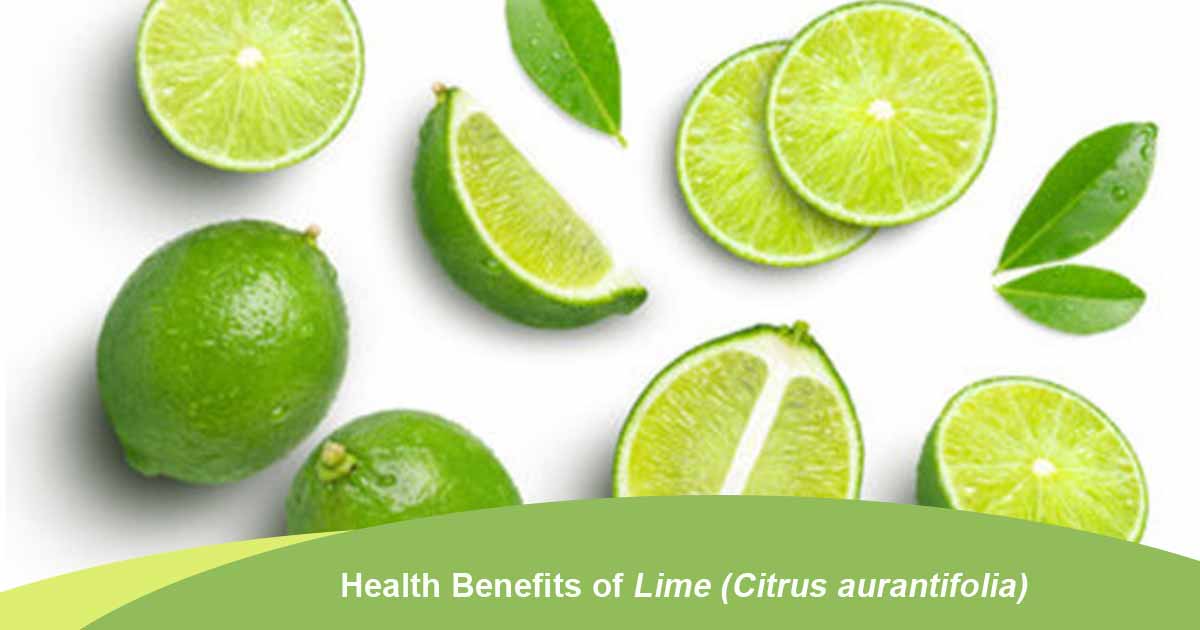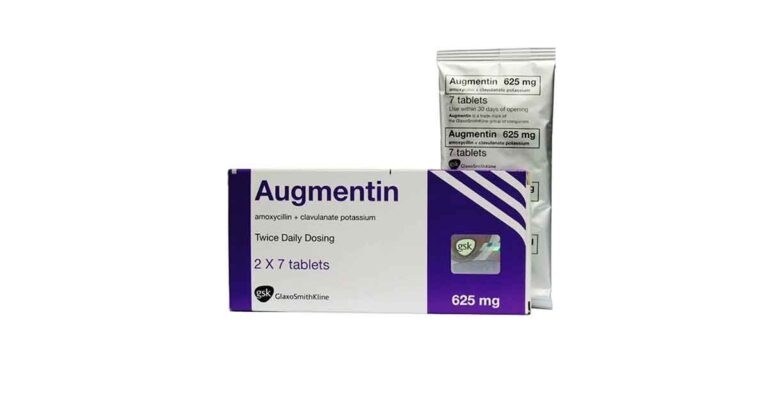Lime, Citrus aurantifolia is one of the fruit in the citrus family. It is also called acid lime and belongs to the citrus family, Rutaceae. This family also contains mandarins, tangerines, grapefruits, lemons, and citrons.
The lime is a round, smooth, greenish-yellow citrus that turns yellow on ripening. It has a flat base, a small neck, and a small nipple at the apex. It has a distinct aroma and has an acidic juice.
Lime fruit is is grown in many parts of the world such as the tropical Africa, Latin America, US, Mexico, Middle East, Thailand, Vietnam.
Other names for the lime are sour lime, acid lime. Lime species include Indian lime, Mexican lime, Bearss lime, Tahitian lime, and key lime.
There are many uses of Citrus aurantifolia, such as preparation of juices, jams, jellies, and enhancement of the aroma and taste of food. It is also a good appetizer. The lime essential oil is used in perfume and cosmetic industry.
Lime (Citrus aurantifolia) Essential Oils
The cells within the rinds of the lime produce essential oils. This oil can be obtained as a by-product during the industrial production of the lime juice. The essential oils from the Citrus aurantifolia contain many numerous monoterpenes, sesquiterpenes, and terpene alcohols, aldehydes, ketones, esters, and oxygen-containing aliphatics.
The most abundant compounds are limonene, followed by others such as γ-terpinene, β-pinene, α-pinene, neryl acetate, and sabinene. The essential oils of lime have antioxidant and hypolipidemic activities. Limonene and linalool are used in cosmetic products and in flavoring. Psoralen is used in the management of skin disorders.
The essential oil is also used as spice, and in the pharmaceutical industries.
Nutritional Composition of Lime (Citrus aurantifolia)
Compared to other citrus, Citrus aurantifolia contains a good amount of ascorbic acid, calcium, and dietary fibre. There is also the quantity of vitamins such as vitamin E, A, K, riboflavin, niacin, thiamine, folate, betaine, choline, minerals such as phosphorus, iron, and other nutrients such as protein, carbohydrate, fat, and energy.
Lime also contains magnesium, selenium, zinc, sodium, copper.
Biochemical Composition
Citrus aurantifolia contains acids such as citric acid, malic acid and succinic acid content. Lime fruit also contains carotenoid, flavones, flavanols and flavanones, phenols, cellulose, hemicellulose, lignin and pectin.
Limonoids are the principal element in the lime fruit peel, juice, and seed. It has a bitter taste and a distinct aroma. Limonoids inhibit tumor cells.
The main flavonoids are hesperidin, hesperitin, rutin, quercetin, kaempferol, nobiletin, apigenin, and neohesperidin. Flavonoids have anti-microbial, anti-cancer, anti-allergic and anti-inflammatory actions. Carotenoids such as carotene, lutein are good sources of vitamin A.
Medicinal Benefits of Lime (Citrus aurantifolia)
The Citrus aurantifolia leaves, juice and essential oil have been used in herbal medicine in some parts of the world. In Nigeria, the juice is added to honey, or sugar, or palm oil in the treatment of cough, and other respiratory problems. The juice can also be used in managing sore throat, diarrhea and in weight loss program. In Malaysia, it is used as an antidote and tonic for libido.
Other uses are in diabetes, facial cleansing, atherosclerosis, arthralgia.
The decoction from the leaves are used in fever, stomachache. Other medicinal uses are oral thrush, jaundice, sore throat, insomnia. A soft moist mass of the leaves is used to treat nausea, ulcer, and skin diseases.
Decoction of other parts, such as the roots, bark is used in dysentery, malaria, colic and diarrhoea.
The vitamins in the juice helps in wound healing, prevention of dental carries and bleeding of the gum, among others.
Kidney stone: Potassium citrate in lime helps to prevent kidney stone while also helping to dissolve stones.
Diabetes: Lime inhibits polyol pathway enzymes—aldose reductase and sorbitol dehydrogenase. Lime fruit extract reduce hyperglycemia. This is by inhibition of pancreatic a-amylase activity.
Essential oil from the lime also reduces blood glucose level and increases hepatic glycogen concentration in a rat.
Digestion: Lime juice is used to manage digestive issues such as constipation, indigestion, and ulcer. Lime is mixed with water and a pinch of soda bicarbonate as a home remedy for digestive issues.
Obesity: In lab studies with mice, the coadministration of Citrus aurantifolia and ketotifen decreased weight gain. The lime juice mixed with honey in warm water is taken on an empty stomach for weight loss. This is taken alongside a low-carb diet.
Cardiovascular effect: Lime may cause vasodilation normalising the blood pressure.
Anticancer property: Bioactive compounds in lime such as flavonoids, D-limonene, D-dihydrocarvone, limoniods may help suppress cancer forms such breast, colon, pancreas. The essential oils of lime inhibit cancer cells.
Antimicrobial property: Bioactive elements such as citral, palmitic acid, linoleic acid, oleic acid, 4-hexan-3-one, 5, 8-dimethoxypsoralen, 5-geranyloxypsoralen have antimycobacterial activity. The root extract of the plant has an inhibitory action against Escherichia coli, Staphylococcus aureus, Pseudomonas aeruginosa, Klebsiella pneumoniae, Neisseria gonorrhoeae, among others.
Also, the monterpenes in the essential oils of lime have antifungal activity against Candida albicans, Aspergillus niger, Aspergillus parasiticus and its aflatoxins.
Antifertility effect: Studies on laboratory rat showed that lime juice cause irregularities in the ovulation, the structure of the ovary, and uterus. It may have an abortifacient property, however it is not known to be teratogenic on the foetus. It may have a contraceptive effect.
Bone health: Lime may improve bone mineral content and density in the tibia. It may also increase the level of calcium and phosphorus preventing bone loss.
Antioxidant effects: Bioactive elements in lime, such as flavonoids, carotenoids and Vitamin C, are known antioxidants. They inhibit enzymes that produce superoxide anion such as xanthine oxidase and protein kinase. These reactive oxygen species cause heart diseases and cancer.
Enhances immune system: Lime has immune-modulatory activity. Also, the vitamin C present enhances the immune system by boosting the phagocytes and t-cells.
Anthelmintic: Lime juice and essential oil from the peel has anthelmintic activity against the worms and fecal eggs of Ascaridia galli, Heligmosomoides bakeri.
Side Effects of Citrus aurantifolia
Though lime is safe and well tolerated in humans. Also, the essential oil is also considered safe (GRAS) for use as a food additive, and flavoring by the Food and Drug Administration.
Also lime peel may cause phytophotodermatitis, if the skin is exposed to the ultraviolet rays after contact with it. Organic compounds, furanocoumarins, present in high concentration in the peel cause this reaction.
Constituents such as essential oils, limonene and linalool, and psoralens, a phytotoxic compound, are toxic to animals such as dogs.
References:
- https://pdfs.semanticscholar.org/d75e/c91fea76e69babe135b4ebe4cbcd22c617b3.pdf
- https://www.researchgate.net/publication/335695952_Lime_Citrus_aurantifolia_Christm_Swingle_Essential_Oils_Volatile_Compounds_Antioxidant_Capacity_and_Hypolipidemic_Effect
- https://www.ncbi.nlm.nih.gov/pmc/articles/PMC8310597/












